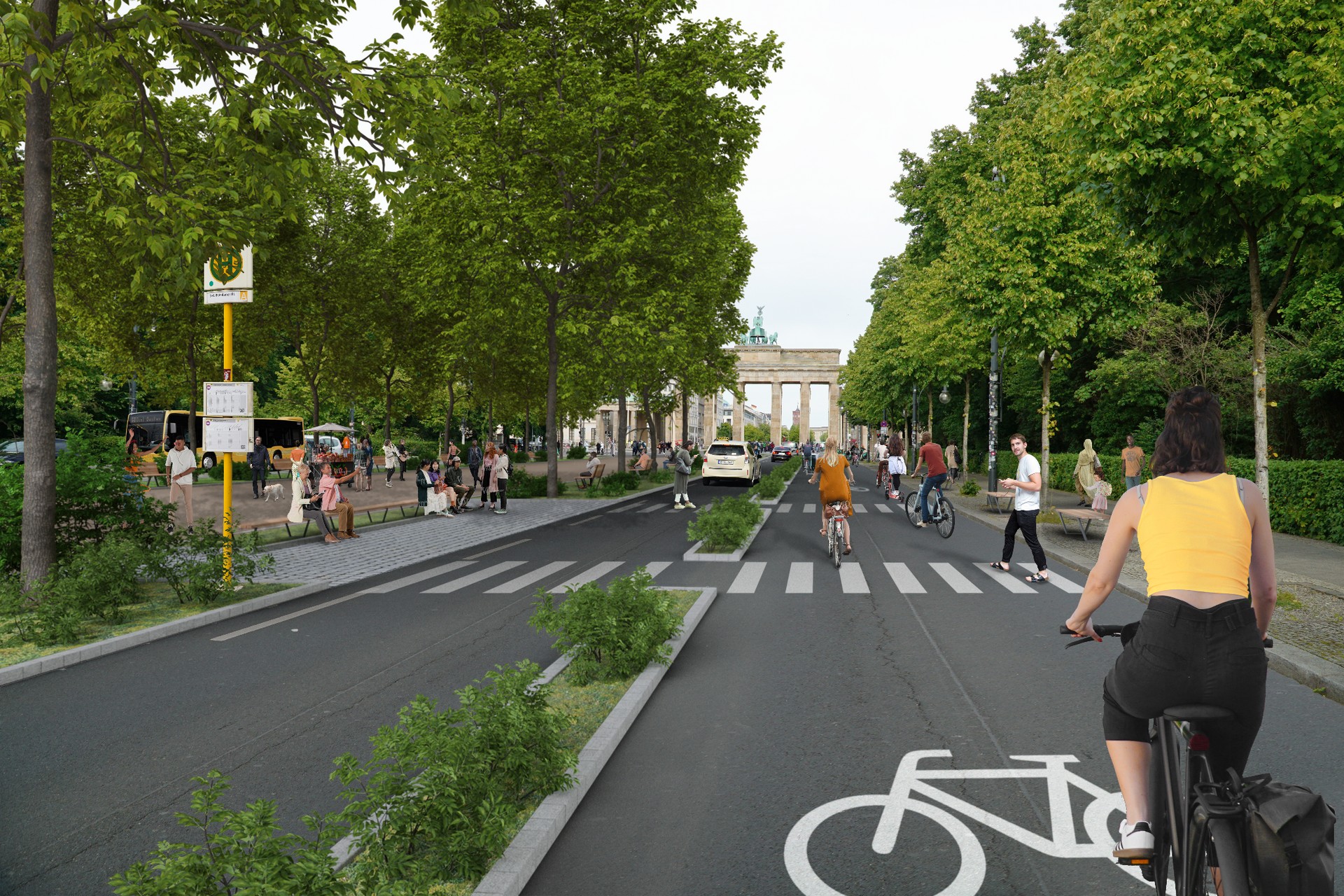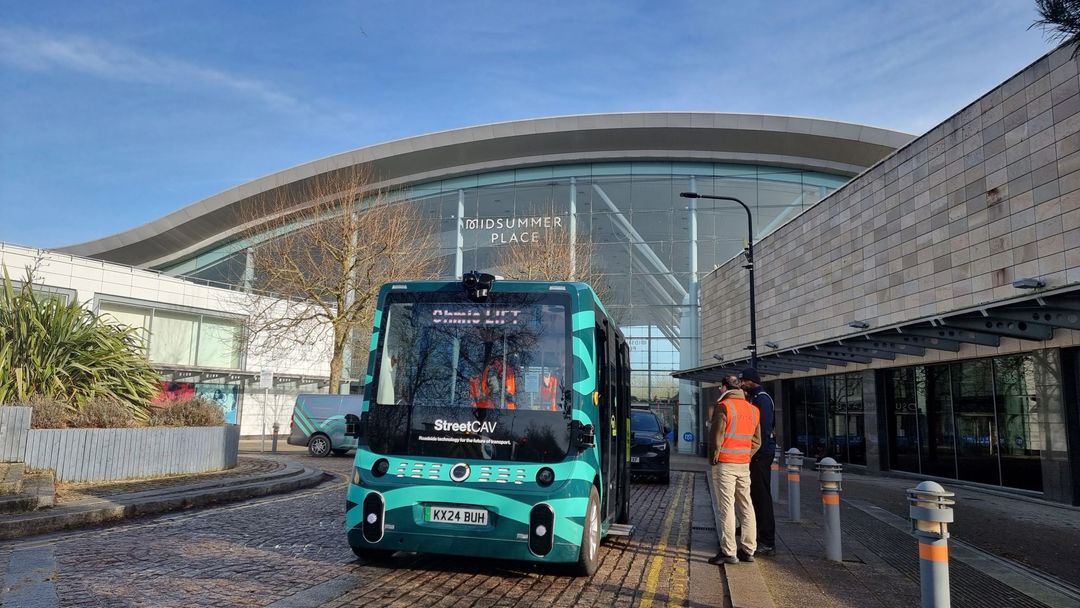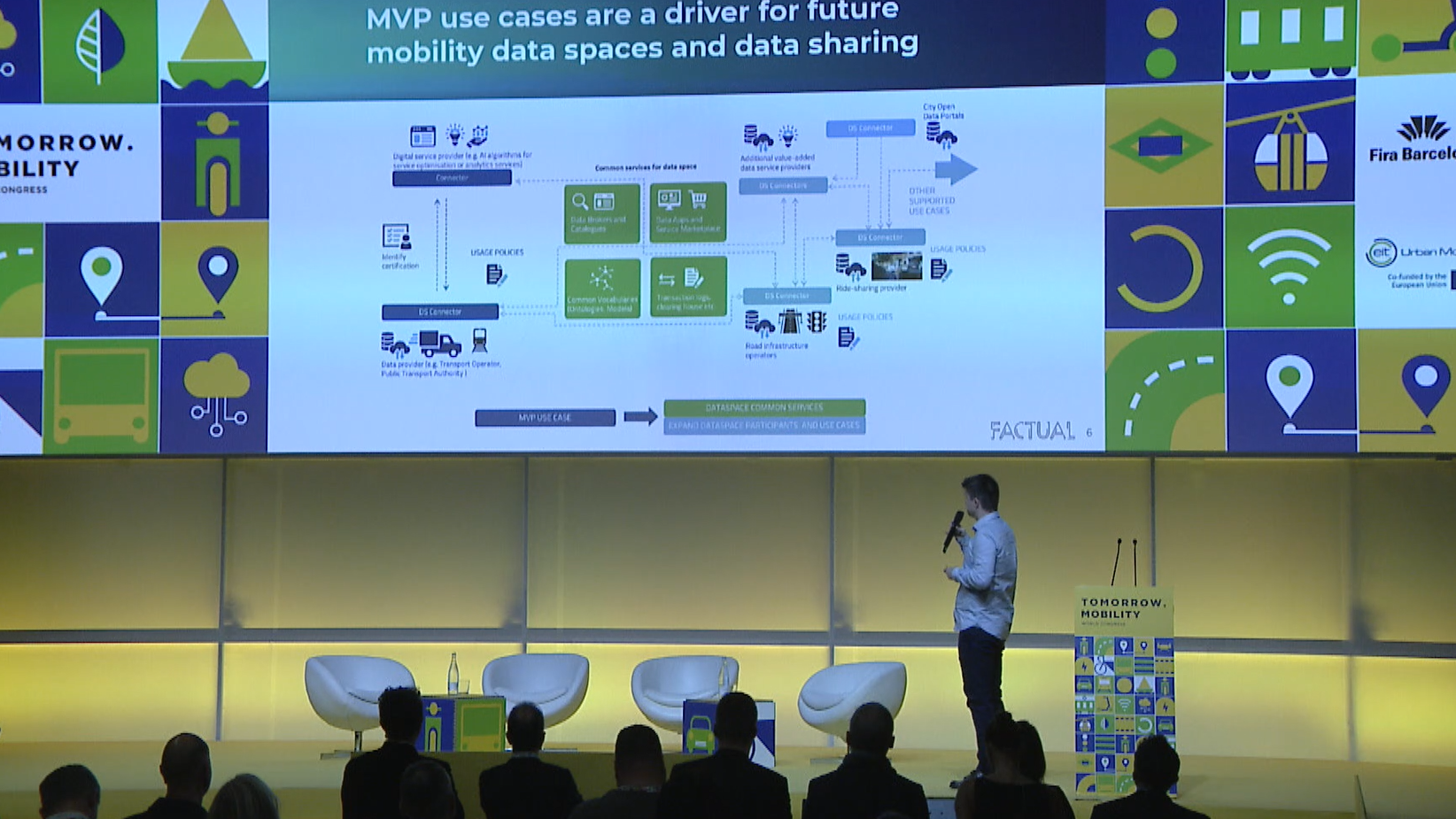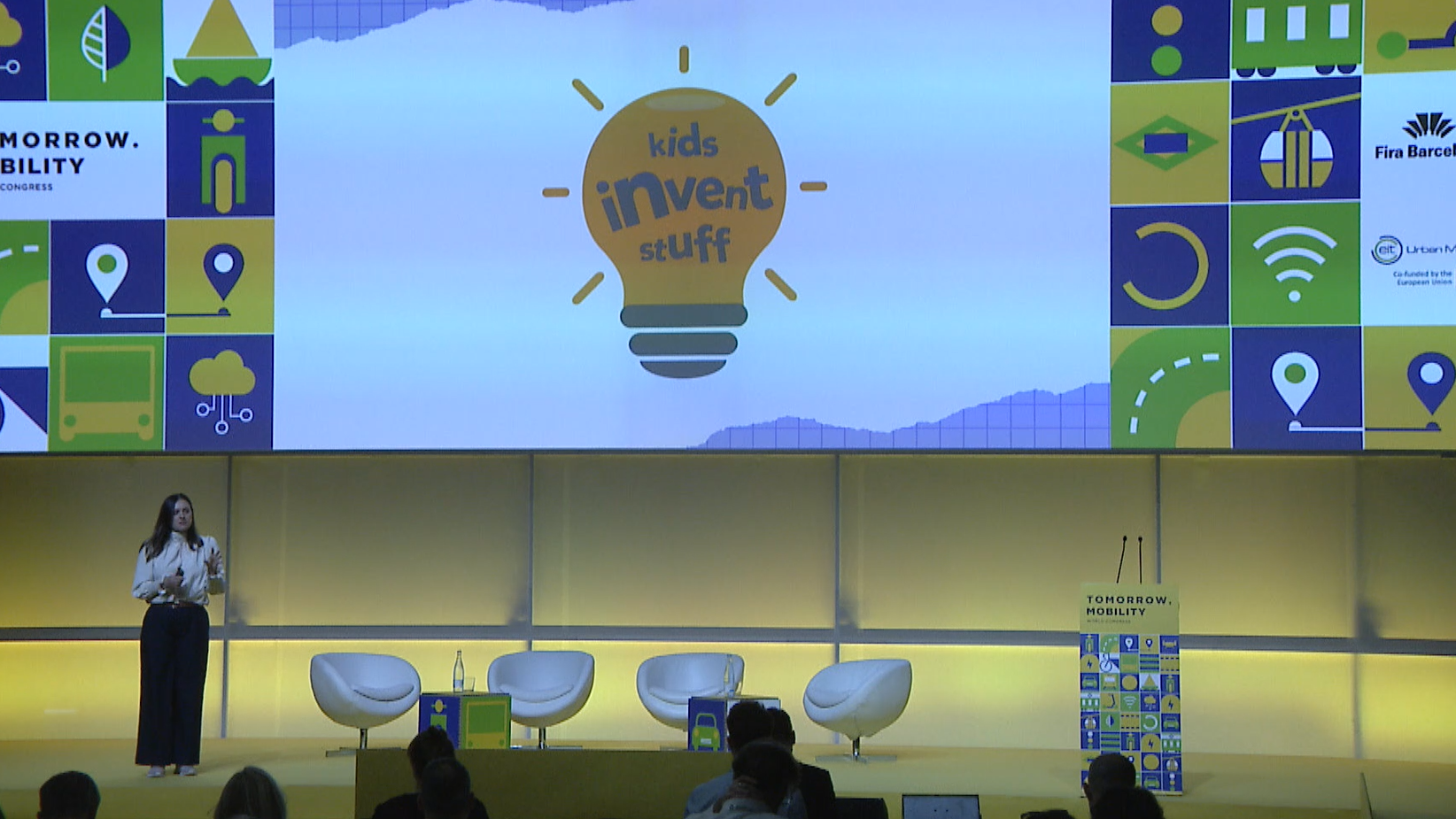Author | Elvira Esparza
The United States National Highway Traffic and Safety Administration (NHTSA) has initiated a process to standardize a safety system in new cars that prevents drivers from driving under the influence of alcohol. The aim is to reduce the number of traffic accidents caused by drunk driving. How can breathalyzers be integrated into cars?
Breathalyzers to reduce accident rates
According to the NHTSA, every day, about 37 people in the United States die in drunk-driving crashes. In 2021, more than 13,300 people died in crashes related to drunk driving, and this agency believes these deaths could have been prevented. In addition to these deaths, the economic and social cost of drunk-driving crashes in the United States exceeds $280 billion (€255 billion). Alcohol-related accidents stand out as a significant traffic issue.
The normal device used to detect whether a driver has consumed alcohol is a breathalyzer, which estimates blood alcohol content. It is simple to use, you simply have to blow into a device to measure the concentration of alcohol. If it exceeds a limit -which in the United States is 0.8 g/dL and in Spain 0.5 g/L- the driver cannot continue driving and receives a fine, because the higher the blood alcohol level, the greater the negative effects on driving. This is the system used by the police when there is an accident or during sobriety checkpoints.
The challenge is to create safety systems that prevent a car from starting when the driver is under the influence of alcohol, without having to blow into a breathalyzer.
Integrating the safety system in new cars
This initiative emerged as a result of the 2021 Infrastructure Bill, which gave the NHTSA until 2024 to develop a safety standard in new vehicles, with advanced technology systems designed to reduce car crashes and deaths. This regulation has to comply with the requirements of the National Traffic and Motor Vehicle Safety Act.
In the initial stages, information will be collected about the existing technology used to detect alcohol consumption behind the wheel. Subsequently, once the effectiveness has been verified, a mandatory standard will be established for the entire country. Vehicle manufacturers will have a period of three years to incorporate this measure in their cars. The NHTSA must be assured the technology works before it can make the installation mandatory.
What type of safety systems exist today?

The existing system is the ignition interlock device or alcolock, which detects whether a driver has consumed alcohol and prevents the vehicle from starting if the alcohol level exceeds the permitted level. Before starting the vehicle, the driver must exhale air into a breathalyzer, which confirms, within a few seconds, whether the driver has consumed alcohol, if so, the engine will not start. This system is mandatory in some American states for drivers who have already been found guilty of driving under the influence.
Canada and Australia also use alcolock, while the EU made it mandatory to incorporate this safety technology into new cars from 2022, as part of the advanced driver-assistance systems (ADAS). However, it is only mandatory for road passenger transport vehicles.
The problem with this system is that someone else can blow into the breathalyzer and the vehicle will start, even if the driver is under the influence. Hence the need to develop other passive technologies capable of detecting whether the driver is under the influence without having to blow into a breathalyzer. This may be via sensors capable of detecting alcohol on a person’s breath, touch-based sensors that detect blood alcohol content or photographs to identify the user.
There is also the possibility of using cameras to capture the driver’s eye or head movements to determine whether the driver has consumed alcohol. The difficulty is giving these road safety systems the capacity to determine whether these are alcohol-related situations or false positives.
Safety vs. privacy
The inclusion of passive safety technologies in vehicles has the approval of automotive safety experts. However, some groups believe these systems affect the individual freedom of people and consider it to be unconstitutional for cars to control people, as well as affecting privacy.
Regardless of the type of passive alcohol detection system that is approved, the ultimate aim is to reduce the number of traffic accidents in a more efficient way than road safety campaigns.
Images| Clark Van Der Beken, Pexels






















































